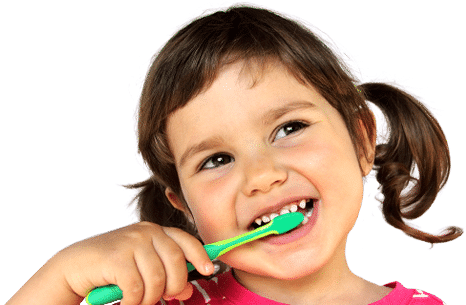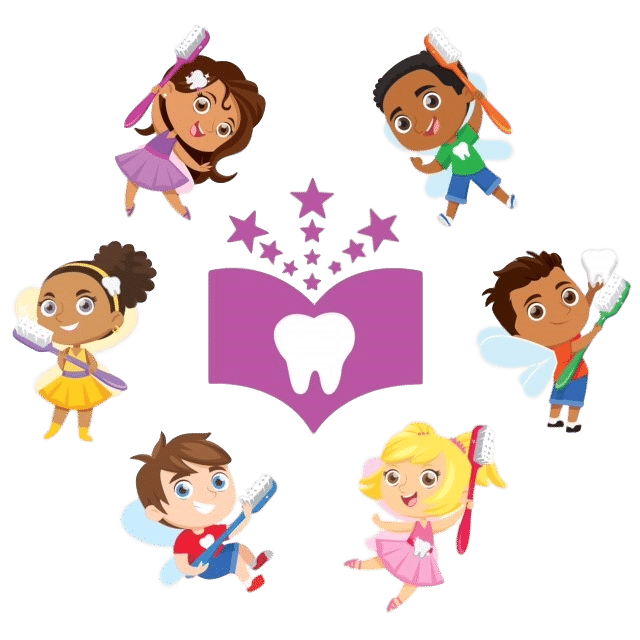Patient Education

Post-Treament Pediatric Dental Care for Indianapolis
Numbness
Your child has had a local anesthetic for the required dental treatment. If Dr. Edwards has provided treatment on the lower jaw, the tongue, teeth and surrounding tissues will be numb. If dentistry is done on the upper jaw, the lip, teeth and surrounding tissues will be numb. On average, the anesthetic will wear off in approximately two hours after leaving the office. Children often do not understand the effects of a local anesthetic. Please watch your child closely for approximately two hours following the appointment. Make sure the child does not bite, suck, pick at their lips or rub their cheek. These actions may cause injury and pain after the numbness has worn off. It is recommended the child stay on a liquid diet until the numbness is gone. If you desire further advice, please feel free to contact our office in Fishers, IN.
Tooth Restorations (Fillings)
A silver filling will not become hard enough to chew upon for approximately 6 hours. Avoid giving your child hard or crunchy on treated area of the mouth for 24 hours. If you have a white filling, it is o.k. to eat normally after the appointment.
Stainless Steel Crowns, Porcelain Crowns, and Space Maintainers
These treatment appliances can be dislodged or cracked easily with hard, chewy, sticky foods (caramels, jaw breakers, Now n' Laters, etc.). Carbonated beverages (soda pop) will harm the integrity of the cement and the stainless steel crown or porcelain crown may fall off. If the appliance falls off, keep it and call our office so that it may be recemented. It is important that recementation be done as soon as possible because teeth move very rapidly. Within a short period of time, enough damage will occur so that a new appliance may be necessary. We will not accept responsibility for damage done by neglect or failure to follow the above important instructions.
Tooth Extractions
If Dr. Michelle Edwards has removed a tooth, your child needs to be watched closely due to numbness (see above). Do not swish and spit. Spitting heavily is to be avoided for one week to avoid a dry socket and increased pain. Do not drink anything carbonated or drink through a straw for 24 hours. To control bleeding, fold a gauze square in fourths, place over the extraction site and bite firmly. Change gauze as necessary. If bleeding persists longer than 20 minutes, place a moist tea bag on the extraction site and bite firmly. Check in 15 minutes. If bleeding heavily, call the office. Pain can be controlled very well by Children's Advil or Children's Tylenol.
Tooth Sealants
With normal wear, about 10% of dental sealants placed are lost within 1 year. Sealants are Dr. Edwards' biggest preventative tools against tooth decay and they need to be checked and maintained on a regular basis. Avoid sticky, chewy foods (caramels, taffy, tootsie rolls, etc.) for these foods have the potential to pull the sealant out. Avoid ice chewing because this may fracture the sealant.
Fluoride Varnish Treatment
Dr. Edwards may recommend this fluoride be applied to your child's teeth after a cleaning. Saliva hardens the fluoride varnish. This type of fluoride has a six hour treatment time. Avoid crunchy foods that will chip off the fluoride coating (eg. chips, granola, etc.). Your child may eat and drink right away after having this fluoride treatment.
Foam Fluoride Treatment
Do not eat or drink anything for 30 minutes.

Let Carrie & Larry, the Tooth Tickling Fairies help show you how to care for your child's teeth at home!
Schedule the Tickling Tooth Fairies reading at your school.
Read Our Testimonials

Meet Dr. Edwards
MICHELLE H. EDWARDS, DDS, MSD
Indianapolis Pediatric Dentist Dr. Edwards helps families set the stage for a life-long commitment to oral health in a friendly and approachable manner. She provides a pleasant visit to the dental office, promoting trust and confidence in young patients that lasts a lifetime.




